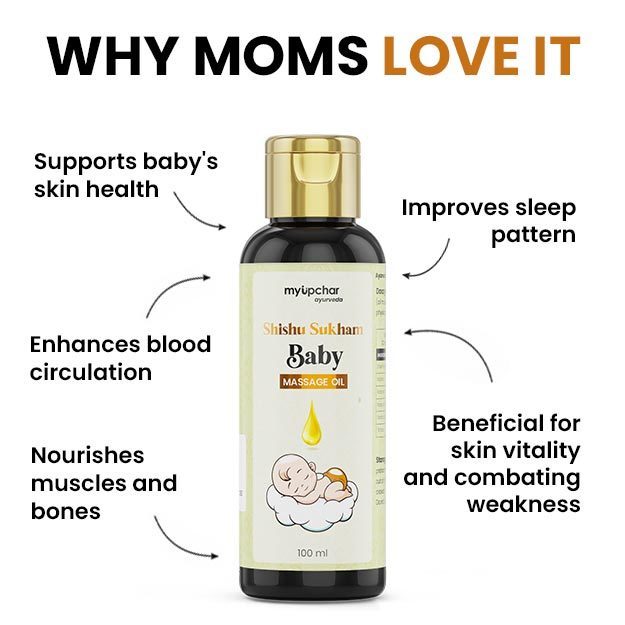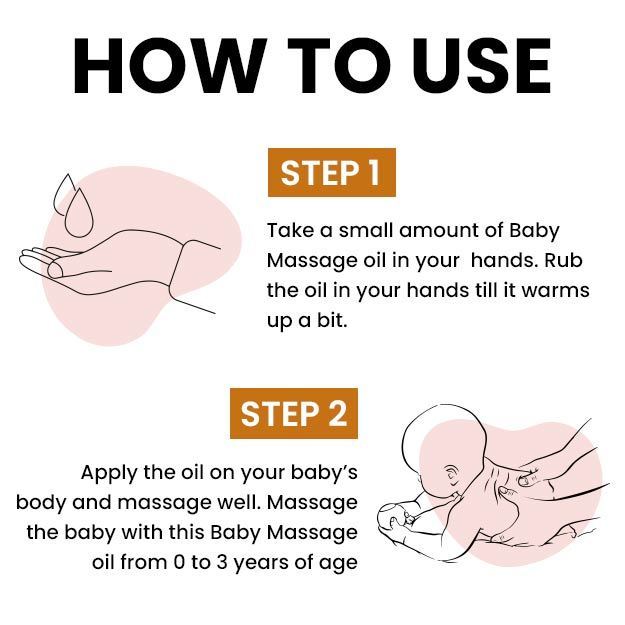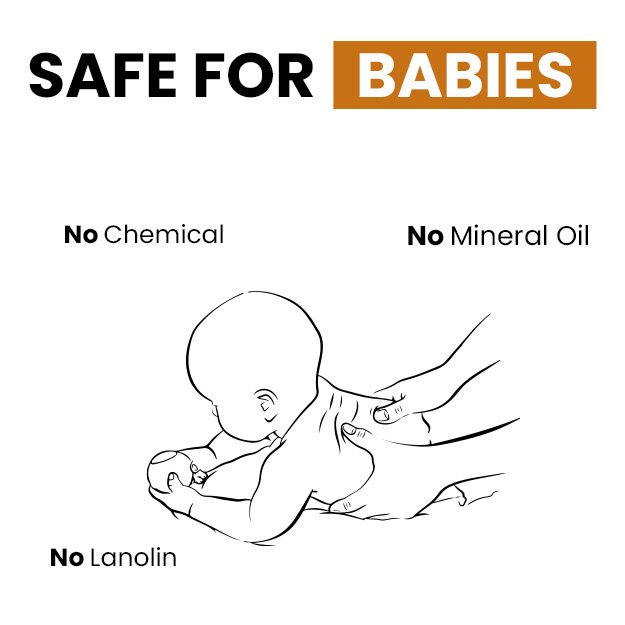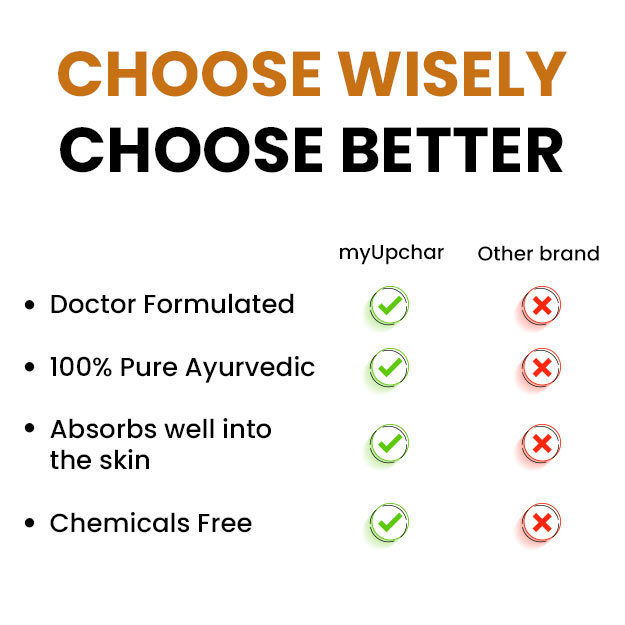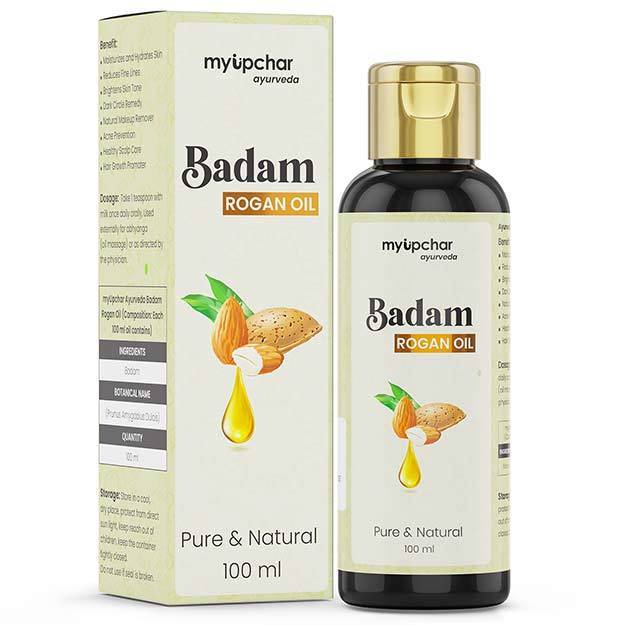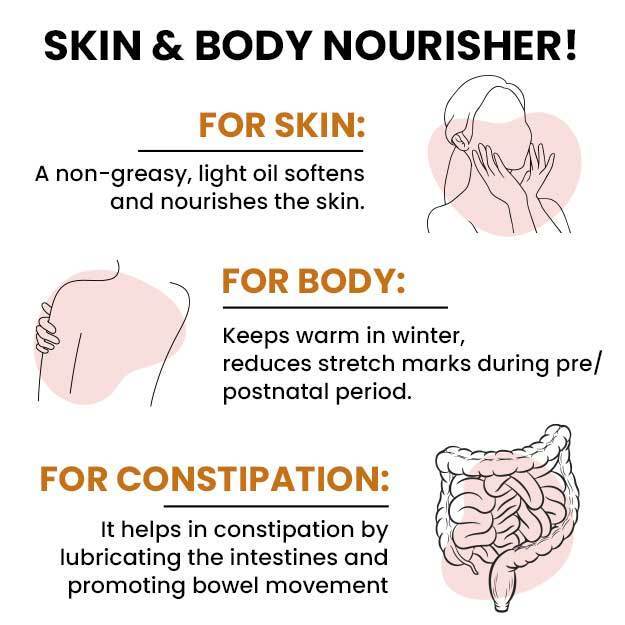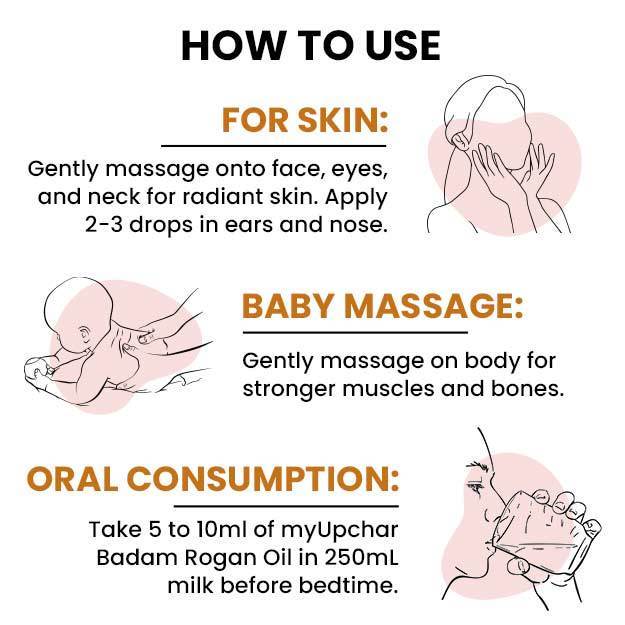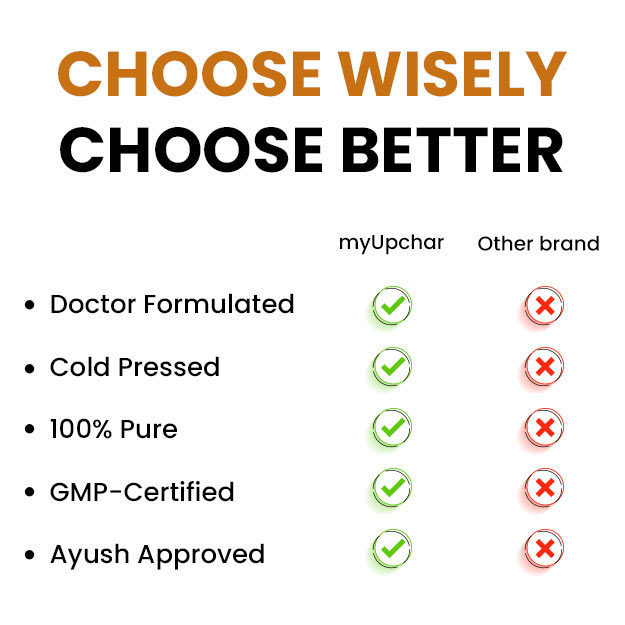In certain individuals, the body can (at times) detect typically harmless substances as foreign invaders and launch an immune response to fight them off. These substances are called allergens and this phenomenon is known as an allergic reaction. Upon identification of an allergen by a susceptible person’s body, the immune system produces inflammation with the help of certain cells (antigen-presenting cells, T-cells, mast cells, etc), immunoglobulins (predominantly IgE) and other mediating chemicals (like histamine). Allergies can be caused by allergens present externally in the environment (like pollen from flowers) or can be formed internally (examples include skin conditions like atopic dermatitis). However, not all individuals react to allergens the same way as certain individuals inherit the genetically determined trait of producing an exaggerated IgE response. Simply put, this characteristic, called atopy, makes a person more likely to have various allergies.
Besides the specific presentation of different allergies, there are some generalised allergic signs and symptoms like runny nose, sneezing, itchy rash, swelling, red eyes and possible shortness of breath. Sometimes with excessively strong immune reactions against allergens, anaphylactic shock may occur. Severely low blood pressure and bronchoconstriction are the most alarming factors of anaphylaxis that can prove fatal. It is regarded as a medical emergency and an urgent shot of epinephrine or adrenaline can be life-saving.







